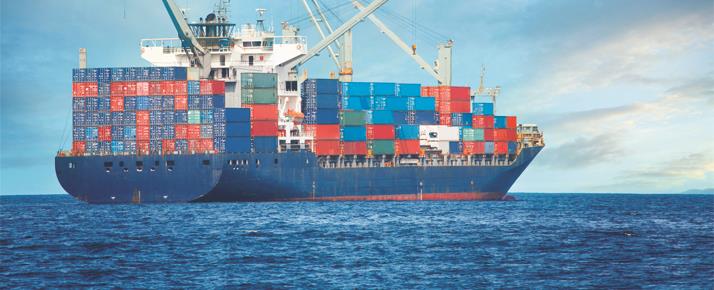STM88 hadirkan slot gacor 777 yang terbukti mudah maxwin malam ini. Spin anti rungkat, cocok buat pencari cuan dan kemenangan mudah!
Stm88 merupakan situs togel terbaik hari ini di indonesia sebagai bandar togel terpercaya yang menyediakan pasaran togel terlengkap seperti sdy pools dan juga hk pools.
Tuak88 adalah pilihan tepat untuk main slot dana dengan deposit cuma 5000 tanpa potongan. Nikmati link gacor yang gampang menang besar setiap hari!


